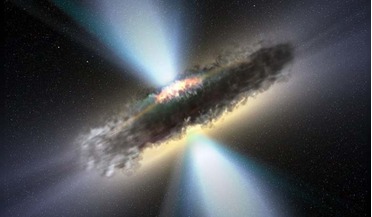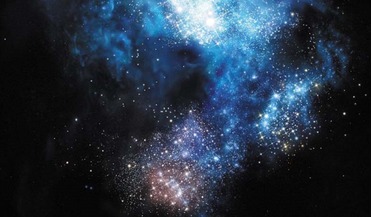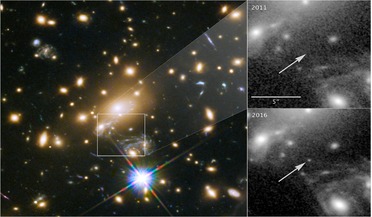 26 May 2016
Are primordial black holes the source of dark matter?
26 May 2016
Are primordial black holes the source of dark matter?
...can hide," Kashlinsky said. "The failure to find them has led to renewed interest in studying how well primordial black holes – black holes formed in the universe's first fraction of a second – could work as dark matter." Kashlinsky explains that for...
 30 March 2016
Have astronomers found the signatures of the very first black holes formed through the collapse of gas clouds?
30 March 2016
Have astronomers found the signatures of the very first black holes formed through the collapse of gas clouds?
... By a combination of either mergers or through accretion of gas onto the newly formed primordial stellar black hole, these processes offer a natural way in which to grow black holes to their much larger cousins, SMBHs. However, this scenario has been...
 21 March 2016
Using gravitational waves to search for Population III stars
21 March 2016
Using gravitational waves to search for Population III stars
... origin, in addition their studies estimate that aLIGO will detect roughly 1 primordial black hole – black hole (BH – BH) merger per year when modifications to aLIGO have been implemented later this year, although this rate ...
 03 April 2018
Astronomers unexpectedly find the most distant star ever discovered
03 April 2018
Astronomers unexpectedly find the most distant star ever discovered
... by either a star, a neutron star, or a stellar-mass black hole,” explains Steven Rodney from the University of South Carolina, USA and ...possibility, at least not if the dark objects are primordial black holes with about 30 times the mass of the Sun ...